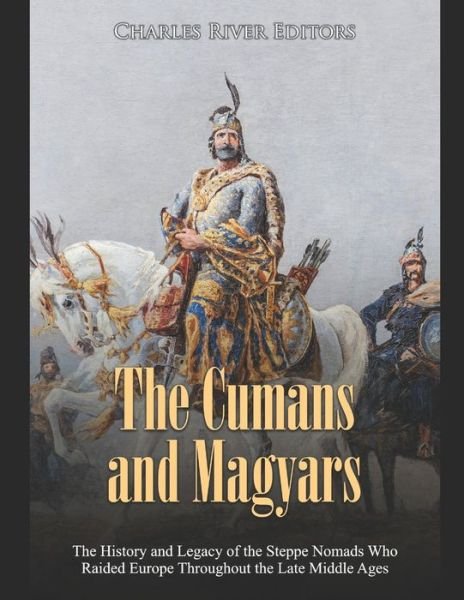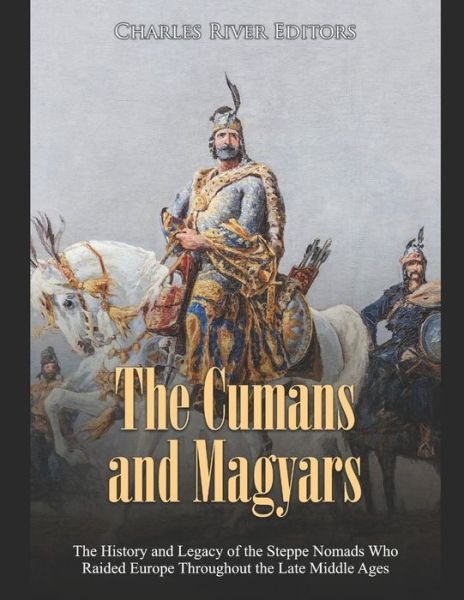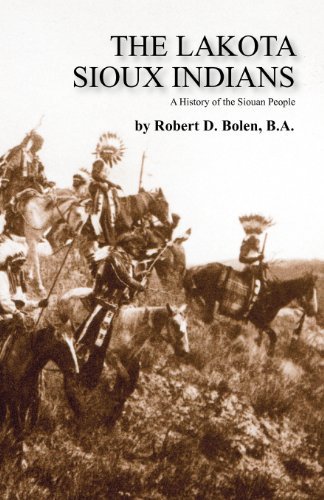
Powiedz znajomym o tym przedmiocie:
The Grande Armee and Wellington's Scum
Charles River Editors
The Grande Armee and Wellington's Scum
Charles River Editors
*Includes pictures
Nearly 50 years after Napoleon met his Waterloo, generals across the West continued to study his tactics and engage their armies the same way armies fought during the Napoleonic Era. Despite advances in military technology and the advent of railroads for transportation, all of which made defensive warfare more effective, acclaimed military geniuses like Robert E. Lee used flank attacks and infantry charges against superior numbers in an effort to win decisive victories, and it would not be until World War I that concepts of modern warfare made the Napoleonic Era of the early 19th century outdated.
For those questioning why generals continued using tactics from the Napoleonic Era even as technology changed the battlefield, the Battle of Austerlitz may provide the best answer. Napoleon is regarded as one of history's greatest generals, and Austerlitz was his greatest victory. In 1805, Britain, Austria, and Russia allied together to form the Third Coalition against the French, and the Third Coalition's forces consisted of armies from Austria and Russia, with Britain providing naval support as well as its financial powers. Napoleon had already defeated and mostly destroyed an Austrian army in October at Ulm before it could link up with the Russians, setting the stage for the Battle of Austerlitz to be the culmination of the war against the Third Coalition as a whole in early December.
The influence Austerlitz had on Europe's political and military situation cannot be overstated. The Third Coalition's defeat led to the dissolution of the Habsburg Empire, allowed France to redraw the map of Central Europe, and ultimately put into place the chain of events that would lead to France's subsequent wars. Furthermore, Austerlitz set the model that every general hoped to emulate in battle, and the results were undoubtedly on Napoleon's mind when he tried to use the same movement strategies in an attempt to keep Prussian and British armies from linking together at the Battle of Waterloo nearly 10 years after Austerlitz.
Napoleon's enemies would famously say he was worth 50,000 men in the field, but the simple truth is he wasn't able to dominate Europe on his own. In fact, the subordinates and soldiers underneath him participated in several of history's most famous battles and charted the course of Napoleon's rise and fall. No single factor can account for these victories, which could be attributed to a combination of high morale, a truly egalitarian approach to promotion from the ranks, a radical army organization, and the inspired leadership of Napoleon, all of which combined to make the Grande Armée virtually unbeatable for the first few years of its existence.
The 18th century was a tumultuous period for the British army, one often overlooked in popular accounts of British history. It began with the formal unification of Britain, a period of great success for the nation's armies, which were led by one of Britain's greatest generals, the Duke of Marlborough. This was followed by a period of global activity and military reform as the British Empire expanded. Though naval power played a greater part in this success, it led to new obligations and challenges for the army. Even as the empire soared to new heights, the 18th century was one that was initially marked by triumph but ended in failure and decline. The late 1770s and early 1780s brought about a disastrous war for control of the American colonies, during which the British Army was ultimately defeated by colonial militiamen allied with French forces. In the aftermath came a period of decline and complacency, leaving the nation ill-prepared for war with Napoleon and France. Nonetheless, Wellington famously referred to his men as the scum of the earth, even as he took pride in their skill and successes. This was an army that took rough material and shaped it into something refined and effective.
| Media | Książki Paperback Book (Książka z miękką okładką i klejonym grzbietem) |
| Wydane | 4 lutego 2020 |
| ISBN13 | 9798609329325 |
| Wydawcy | Independently Published |
| Strony | 218 |
| Wymiary | 216 × 280 × 12 mm · 517 g |
| Język | English |
Więcej od Charles River Editors
Inni również kupili
Zobacz wszystko od Charles River Editors ( np. Paperback Book i Book )

 Świąteczne prezenty można zwracać do 31 stycznia
Świąteczne prezenty można zwracać do 31 stycznia




































![Cover for Charles Dickens · Den hjemsøgte mand og åndens tilbud (Nyillustreret) (Bound Book) [1. wydanie] (2022)](https://imusic.b-cdn.net/images/item/original/123/9788772048123.jpg?charles-dickens-2022-den-hjemsoegte-mand-og-aandens-tilbud-nyillustreret-bound-book&class=scaled&v=1654049104)
![Cover for Linda Lehun · Musikbogen (Paperback Book) [1. wydanie] (2016)](https://imusic.b-cdn.net/images/item/original/063/9788759891063.jpg?linda-lehun-2016-musikbogen-paperback-book&class=scaled&v=1486719785)
![Cover for Dian Hanson · The New Erotic Photography - Bibliotheca Universalis (Hardcover Book) [Multilingual edition] (2017)](https://imusic.b-cdn.net/images/item/original/715/9783836526715.jpg?dian-hanson-2017-the-new-erotic-photography-bibliotheca-universalis-hardcover-book&class=scaled&v=1490369714)





![Cover for Jesper Wung-Sung · To ryk og en aflevering (Sewn Spine Book) [3. wydanie] (2009)](https://imusic.b-cdn.net/images/item/original/996/9788763811996.jpg?jesper-wung-sung-2009-to-ryk-og-en-aflevering-sewn-spine-book&class=scaled&v=1341784896)



![Cover for Claus Drengsted-Nielsen · Lille dansk grammatik (Sewn Spine Book) [1. wydanie] (2016)](https://imusic.b-cdn.net/images/item/original/692/9788702194692.jpg?claus-drengsted-nielsen-2016-lille-dansk-grammatik-sewn-spine-book&class=scaled&v=1499896829)
